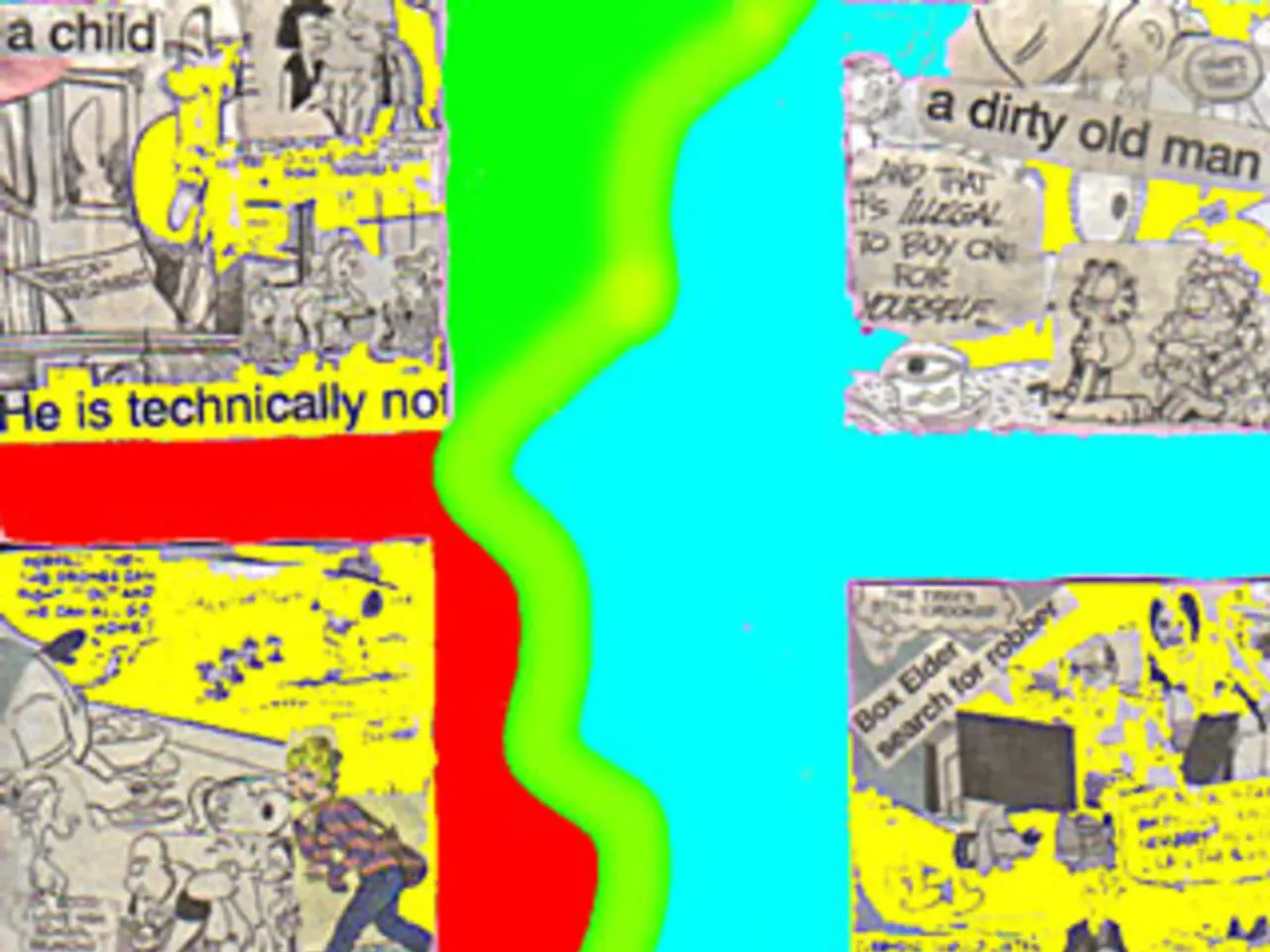Adobe's Multi-Frame Rendering receives support from Boris FX, leading to the launch of a new version of Mocha AE.
In an exciting development for visual effects artists and motion graphic designers, Adobe has released a new version of After Effects featuring Multi-Frame Rendering (MFR). This groundbreaking technology, developed in collaboration with Boris FX, has significantly accelerated workflows across three of their flagship products: Sapphire, Continuum, and Mocha AE.
The updated Mocha AE in After Effects benefits primarily via improved MFR speeds and workflow stability at the host application level. Tests show significant render speed increases across all three Boris FX products, with a mixed composition (Sapphire & Continuum) in After Effects with MFR being 183% faster when using a high-end machine like a computer with an AMD Ryzen Threadripper 3990X 64-Core Processor, 2.90 GHz, 256GB, and an NVIDIA RTX 5000.
MFR allows After Effects to utilize multi-core CPUs for faster rendering and improved previewing of complex compositions. This means that previews and renders, including compositions that involve Mocha AE tracking data, are accelerated, reducing wait times and improving the creative process.
New tools like the Composition Profiler help optimize compositions for faster MFR, potentially benefiting Mocha AE layers integrated in the timeline. The Composition Profiler highlights which layers and effects take the most rendering time, making it easier to optimize compositions for faster MFR renders.
However, it is important to note that Mocha AE cannot apply tracking data to layers with Separated Dimensions enabled on the Position property when using MFR. The workaround is to disable Separated Dimensions before applying Mocha tracking data.
The bundled Mocha AE has been updated to support MFR, and the new and improved AdjustTrack module offers better planar tracking and rotoscoping in After Effects. Additionally, the Mocha Pro Remove Module in After Effects with MFR is 60% faster, while Sapphire Lighting Filters in After Effects with MFR is 69% faster.
Continuum Primatte Studio (Keying) in After Effects with MFR is 61% faster, and Continuum Beauty Studio in After Effects with MFR is an impressive 94% faster.
Adobe has made significant strides in improving the overall stability during rendering and dynamic linking, which can affect compositions involving Mocha AE. These improvements are part of the broader enhancements related to the MFR system, but specific changes to Mocha AE itself in this context are limited or not explicitly detailed in the available results.
The optimization of MFR will continue to improve in upcoming 2022 releases, promising even faster previews and renders for visual effects artists and motion graphic designers using After Effects and Boris FX products.
Data-and-cloud-computing technology enables visual effects artists and motion graphic designers to harness the power of high-end machines like computers equipped with an AMD Ryzen Threadripper 3990X processor and NVIDIA RTX 5000 for faster rendering and improved previewing of complex compositions in After Effects, thanks to Multi-Frame Rendering (MFR). This technology, integrated into After Effects, leverages multi-core CPUs to accelerate previews and renders, thus streamlining the creative process and reducing wait times.




